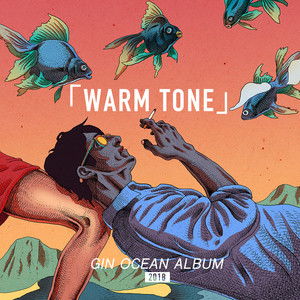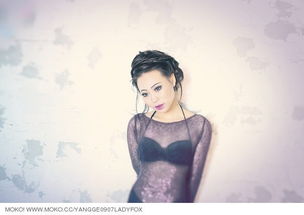Warm Colour Tone: A Comprehensive Guide
Colours have always been a significant part of our lives, influencing our emotions, perceptions, and even our decisions. Among the vast spectrum of hues, warm colour tones stand out for their vibrant and lively qualities. In this article, we will delve into the various aspects of warm colour tones, exploring their origins, psychological effects, and practical applications.
Origins of Warm Colours

Warm colours, such as red, orange, and yellow, have their roots in the natural world. These hues are often associated with fire, the sun, and the earth, which are all sources of warmth and energy. Historically, warm colours have been used in various cultures to symbolize passion, power, and vitality.
| Warm Colour | Origin | Symbolism |
|---|---|---|
| Red | Fire, blood, and earth | Passion, power, danger |
| Orange | Oranges, autumn leaves, and the sun | Energy, enthusiasm, creativity |
| Yellow | The sun, gold, and light | Joy, happiness, optimism |
Psychological Effects of Warm Colours

The psychological effects of warm colours are profound and varied. Red, for instance, is often associated with passion, energy, and power. It can evoke strong emotions and is often used to draw attention. Orange, on the other hand, is considered to be a more cheerful and optimistic hue, often associated with energy and creativity. Yellow is often linked to happiness and optimism, but can also be overwhelming in high intensities.
Here’s a breakdown of the psychological effects of each warm colour:
- Red: Red is a powerful and intense colour that can evoke strong emotions. It is often used to convey passion, power, and danger. In marketing, red is used to draw attention and create a sense of urgency.
- Orange: Orange is a vibrant and lively colour that is often associated with energy, enthusiasm, and creativity. It can be used to stimulate activity and encourage social interaction.
- Yellow: Yellow is a bright and cheerful colour that is often associated with happiness, optimism, and warmth. However, it can be overwhelming in high intensities and may cause feelings of frustration or anger.
Practical Applications of Warm Colours

Warm colour tones have a wide range of practical applications, from interior design to fashion and marketing. Here are some examples:
Interior Design
In interior design, warm colours are often used to create a sense of warmth and comfort. Red is a popular choice for accent walls, while orange and yellow can be used to add energy and vibrancy to a space. However, it’s important to use warm colours sparingly, as they can be overwhelming in large doses.
Fashion
In fashion, warm colours are often used to create a sense of energy and vitality. Red is a classic choice for evening wear, while orange and yellow can be used to add a pop of colour to a neutral outfit.
Marketing
In marketing, warm colours are often used to draw attention and create a sense of urgency. Red is a popular choice for “buy now” buttons and promotional materials, while orange and yellow can be used to create a sense of excitement and enthusiasm.
Conclusion
Warm colour tones are a vibrant and lively part of the colour spectrum, with a wide range of origins, psychological effects, and practical applications. Whether you’re designing a room, choosing an outfit, or creating a marketing campaign, understanding the power of warm colours can help you create a more engaging and effective experience.



